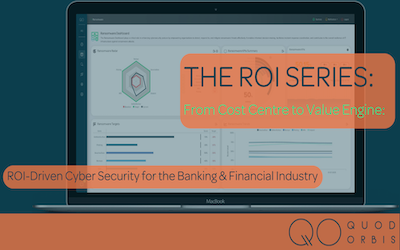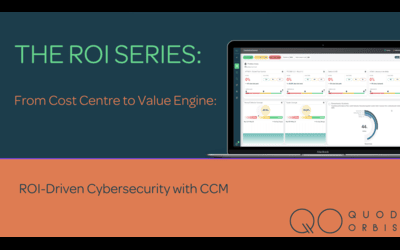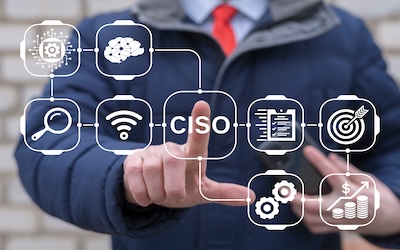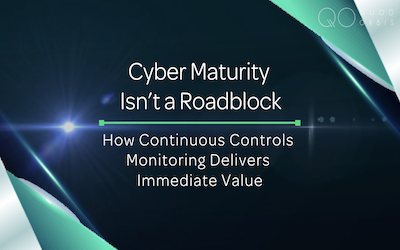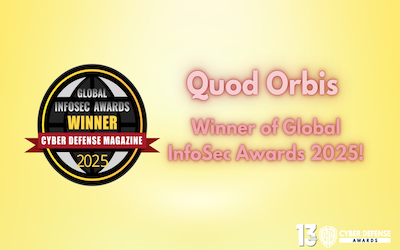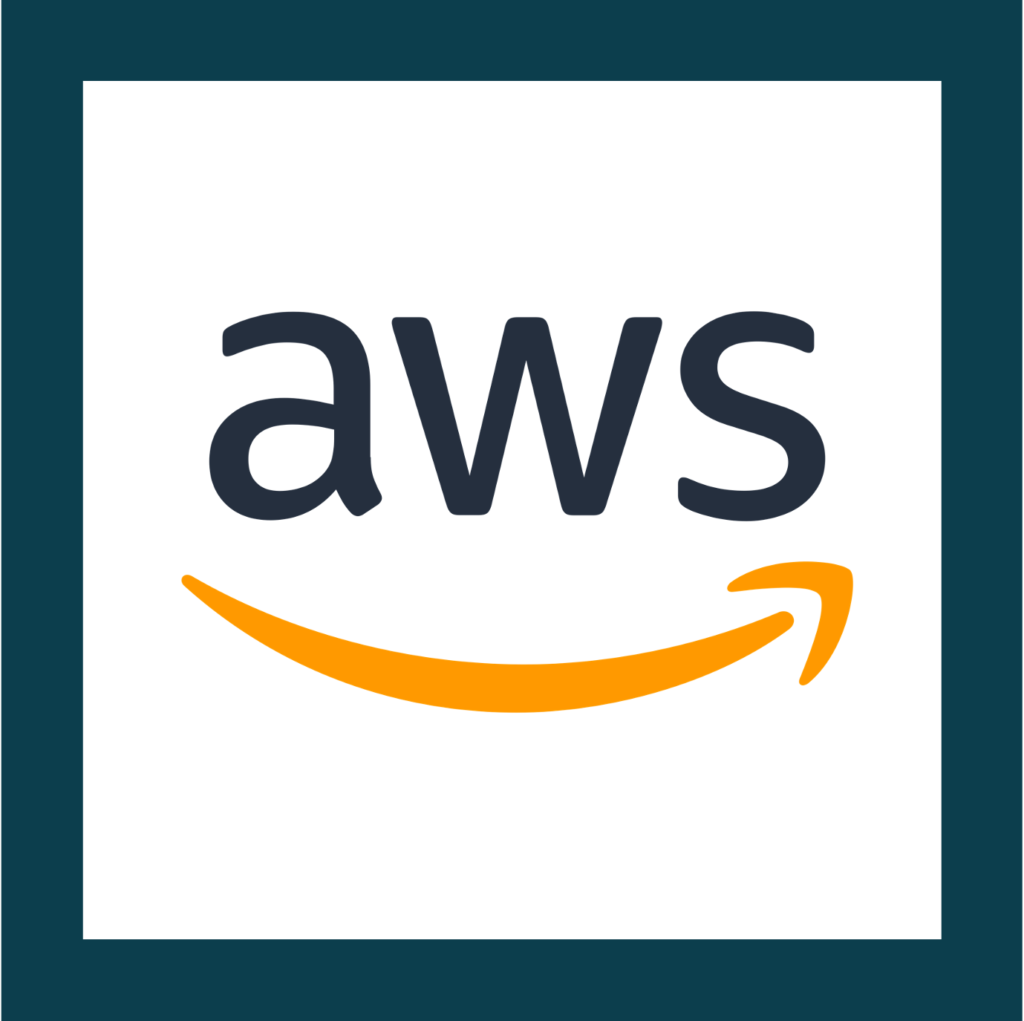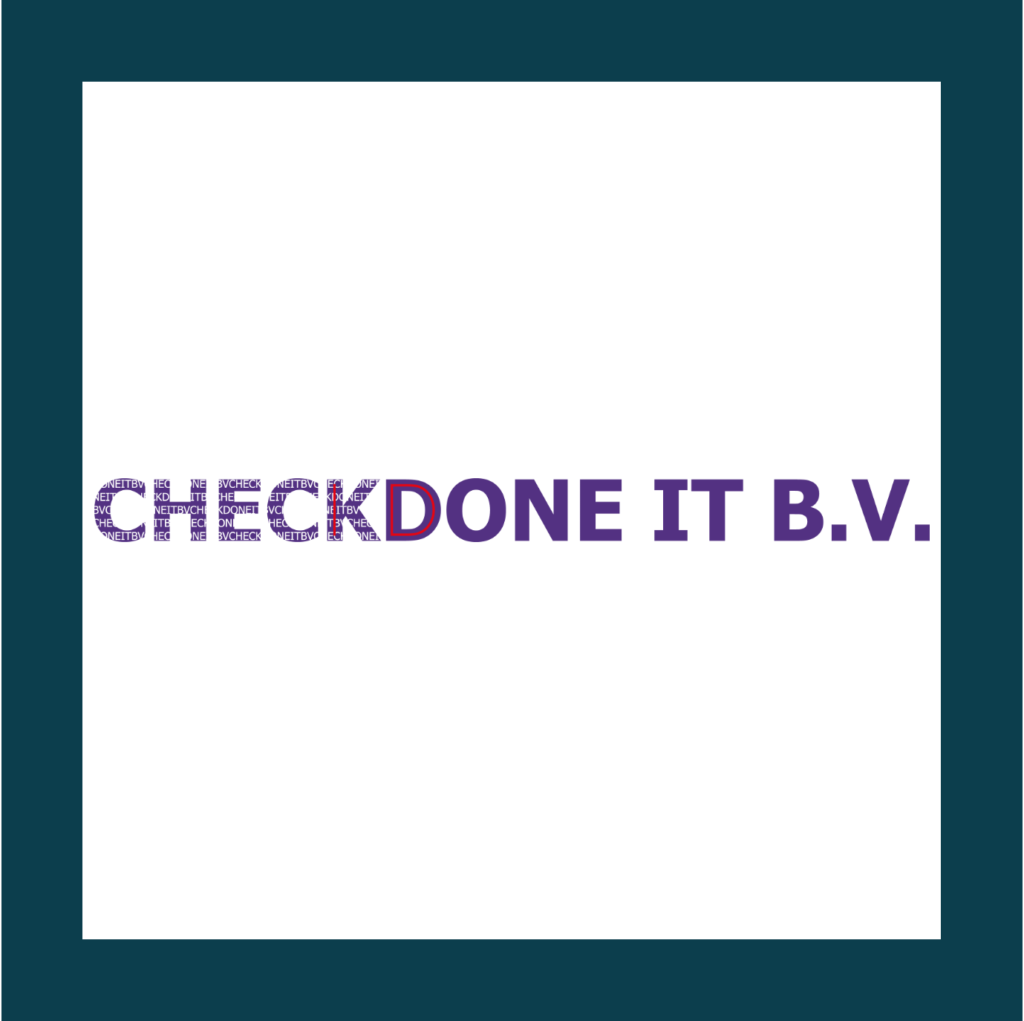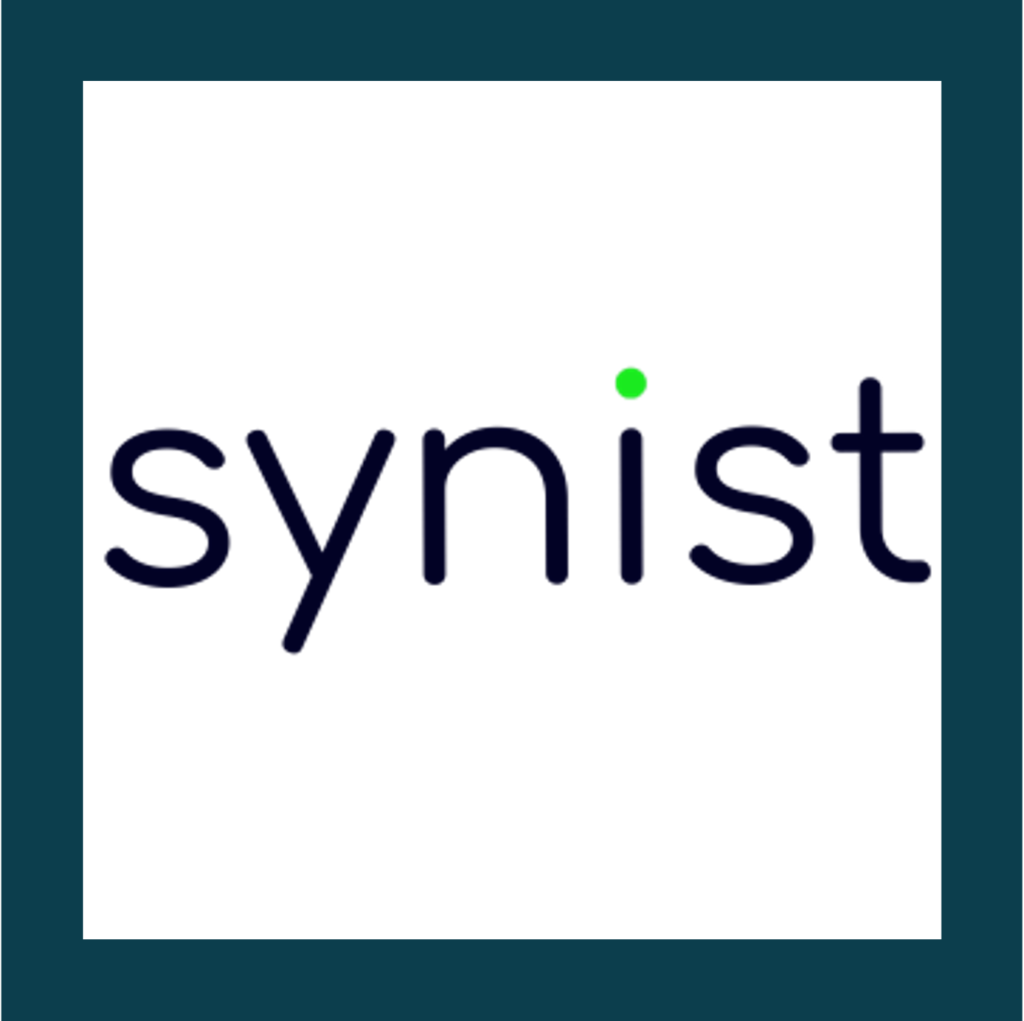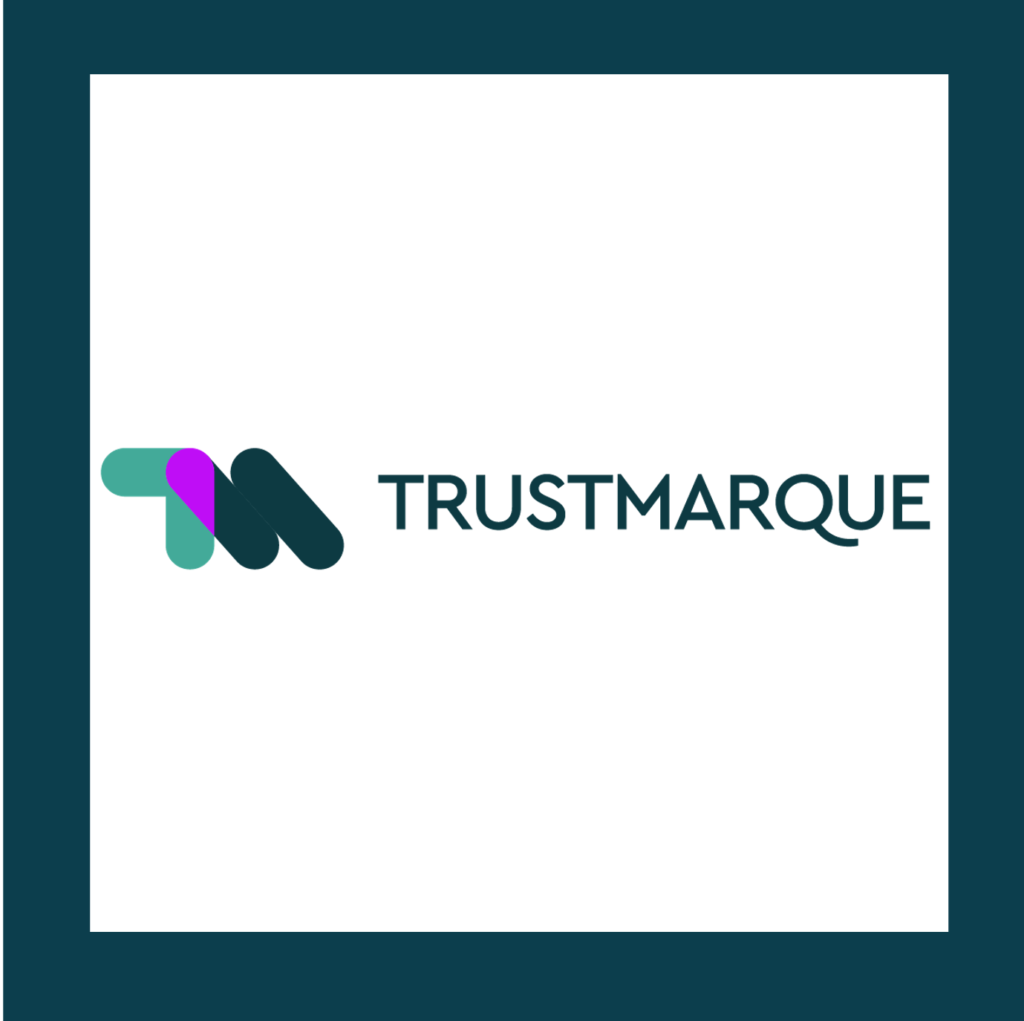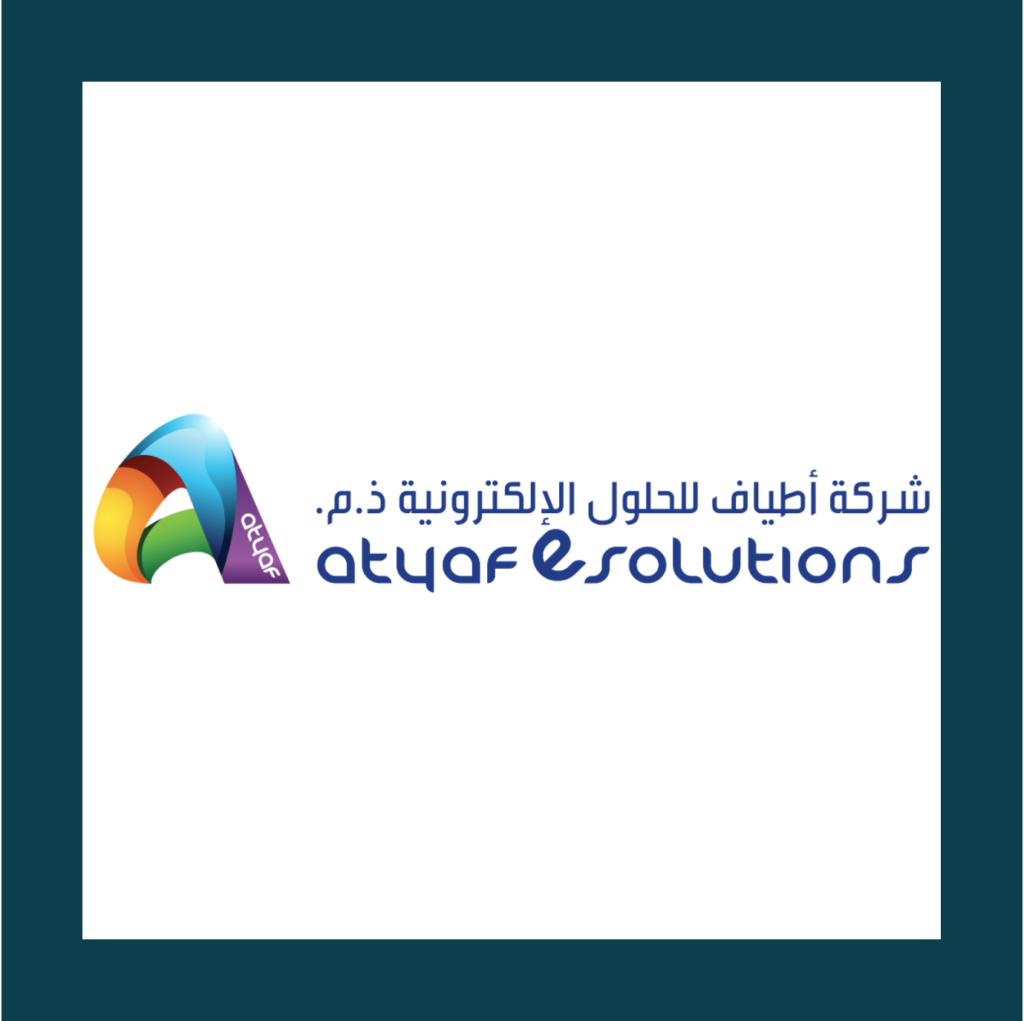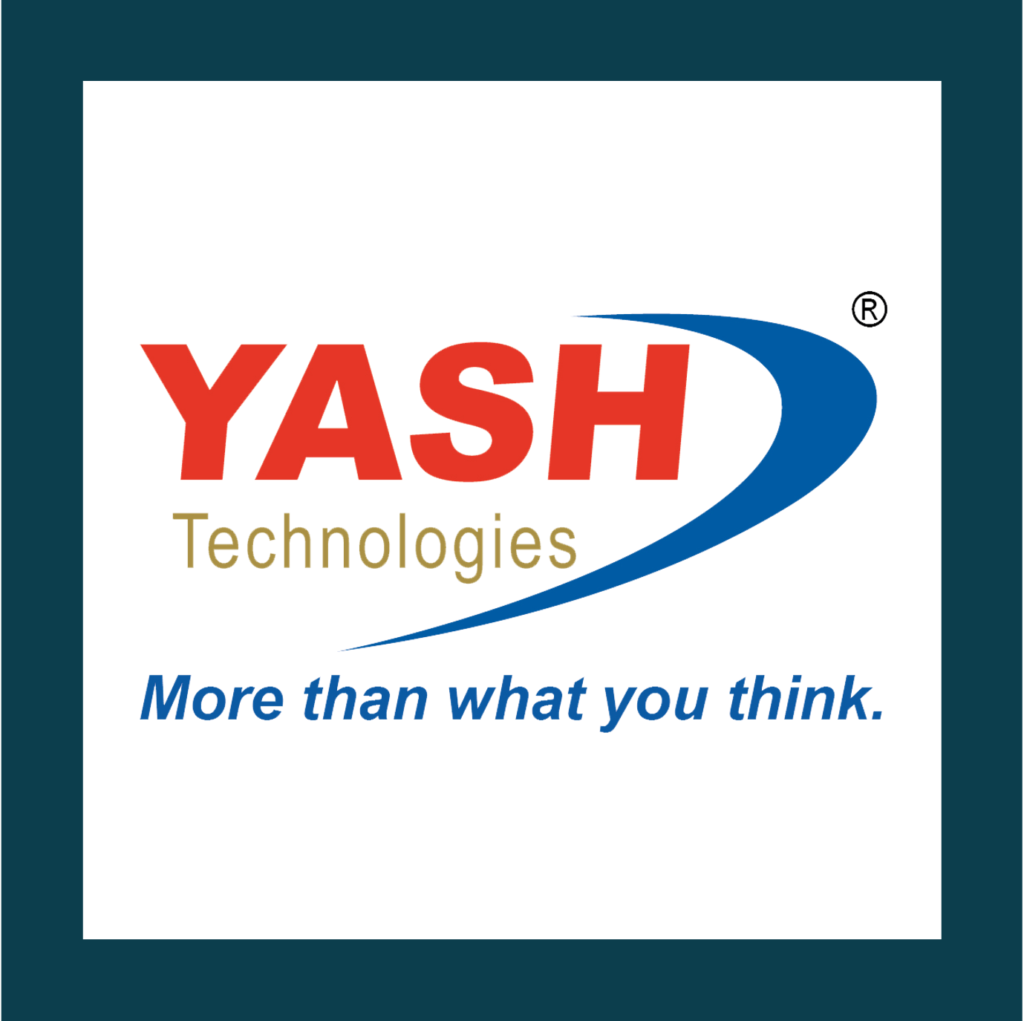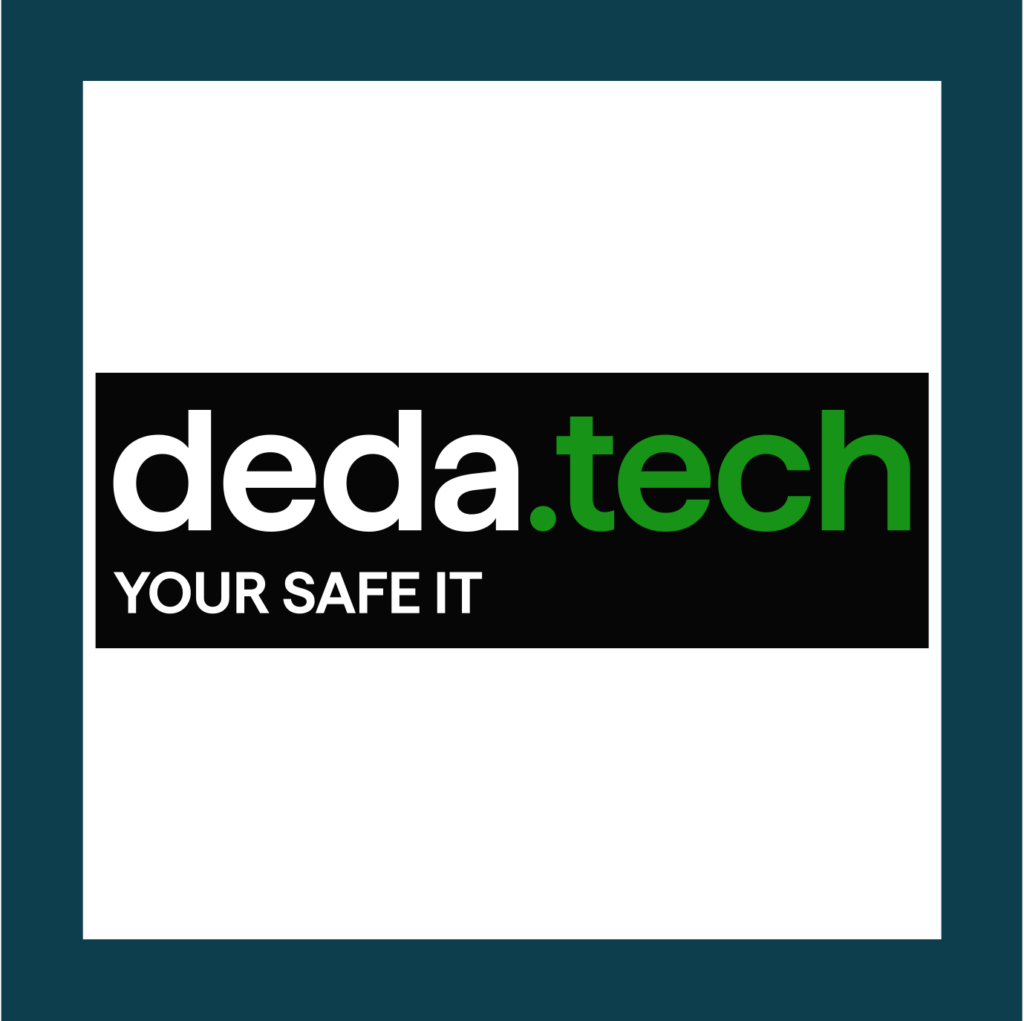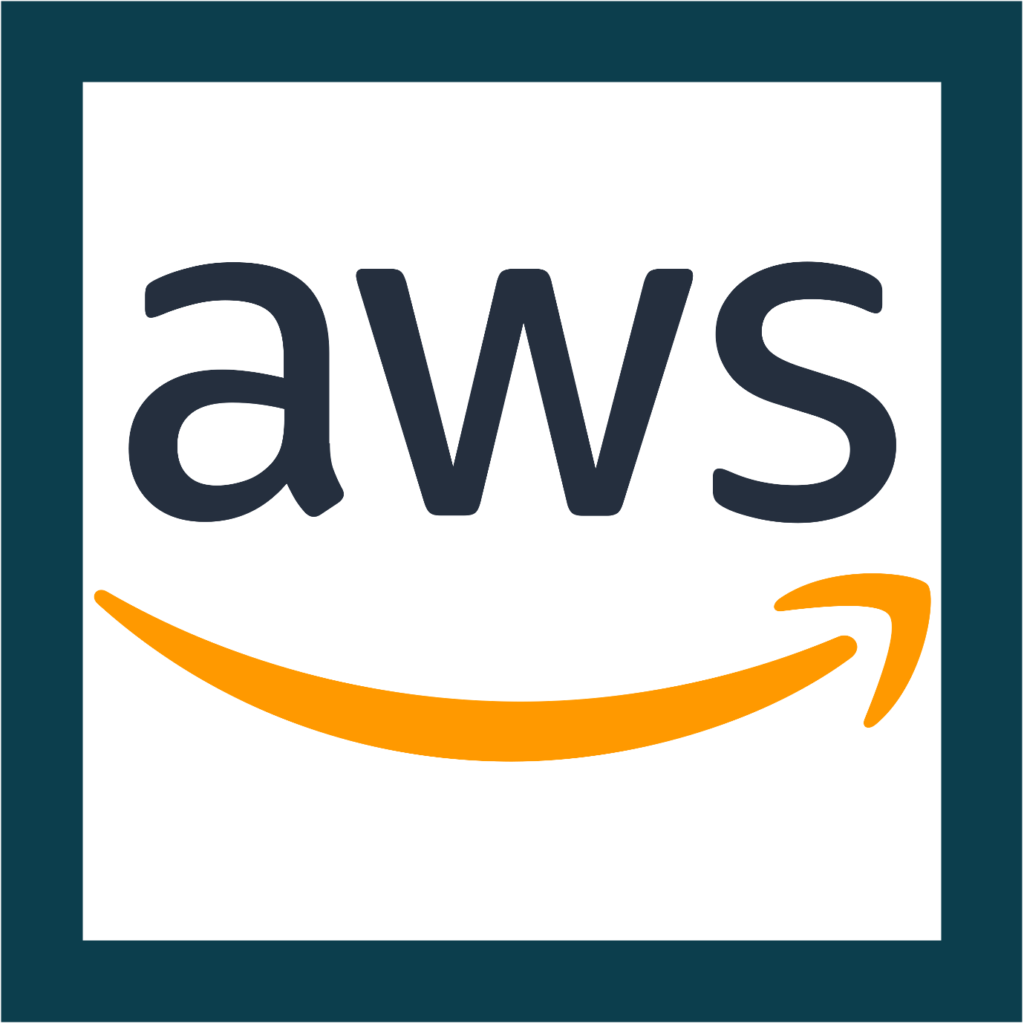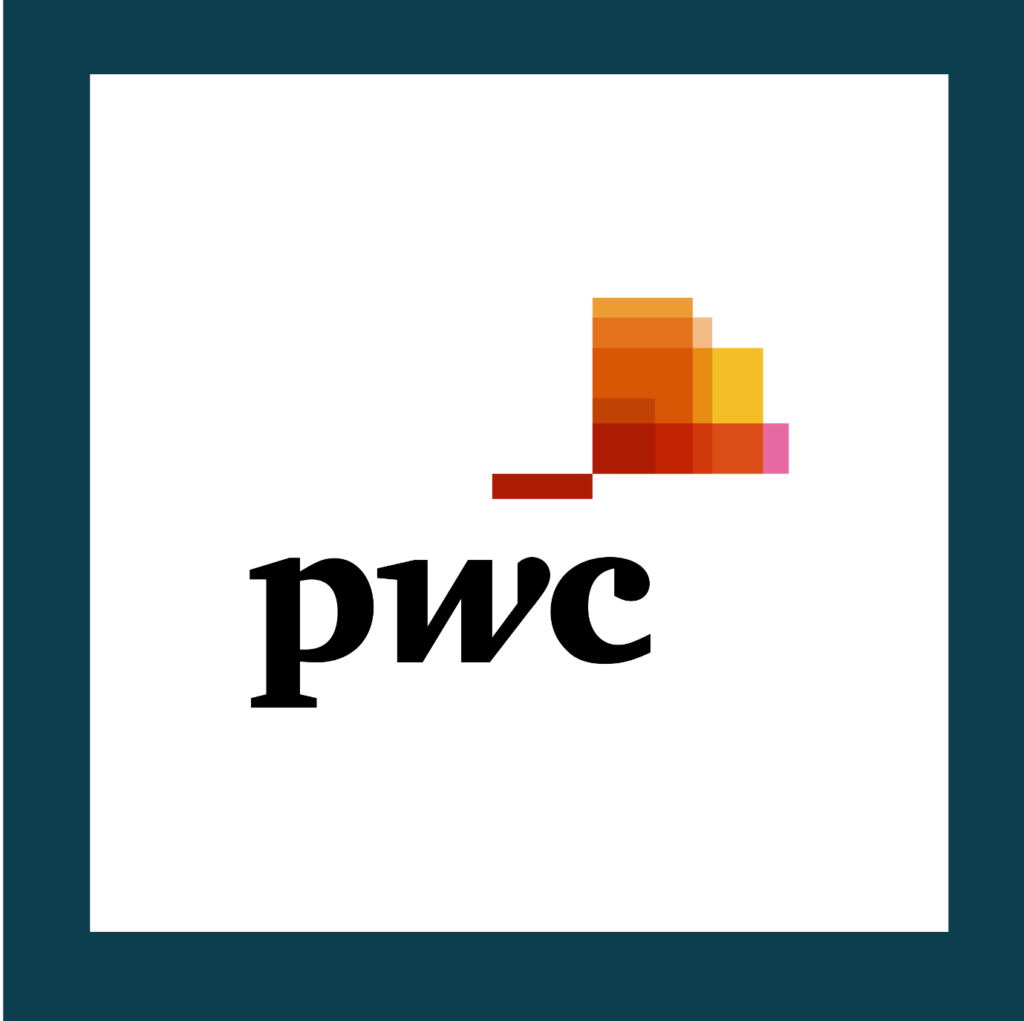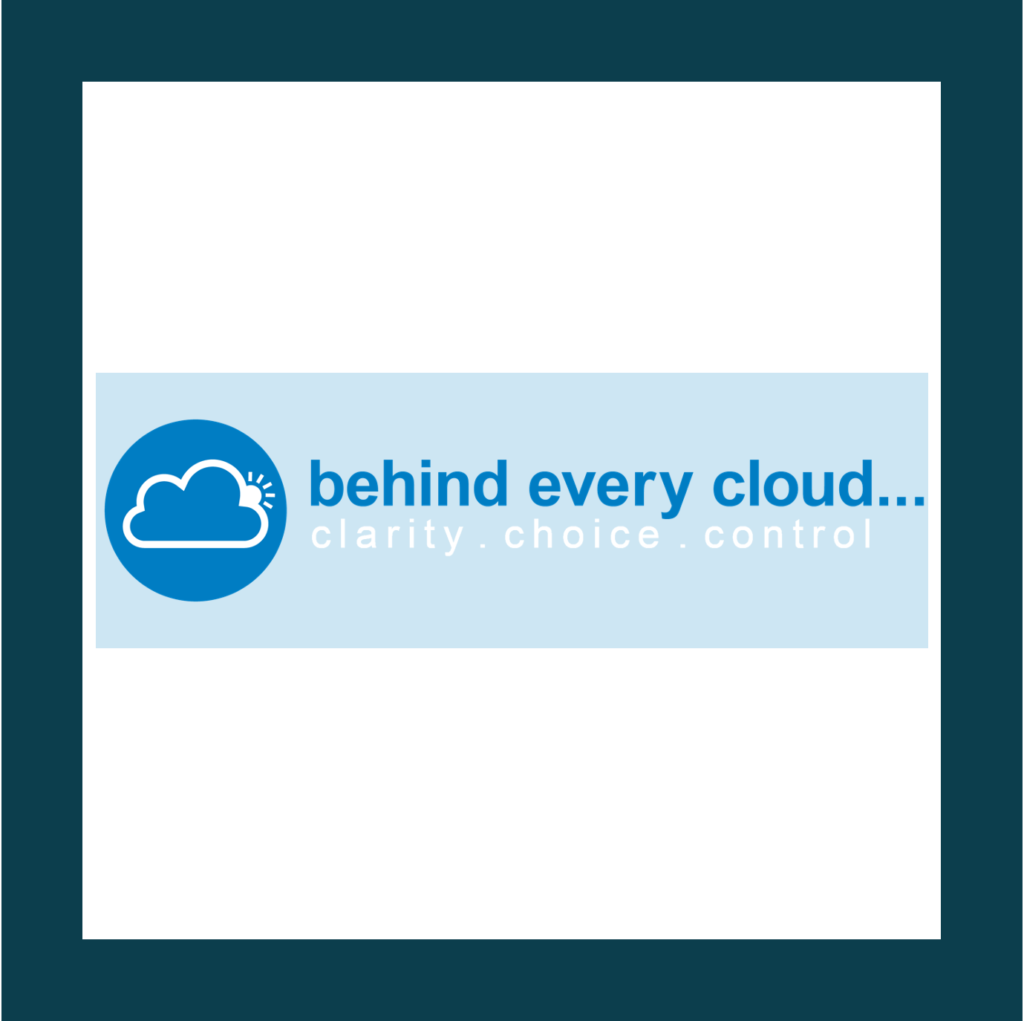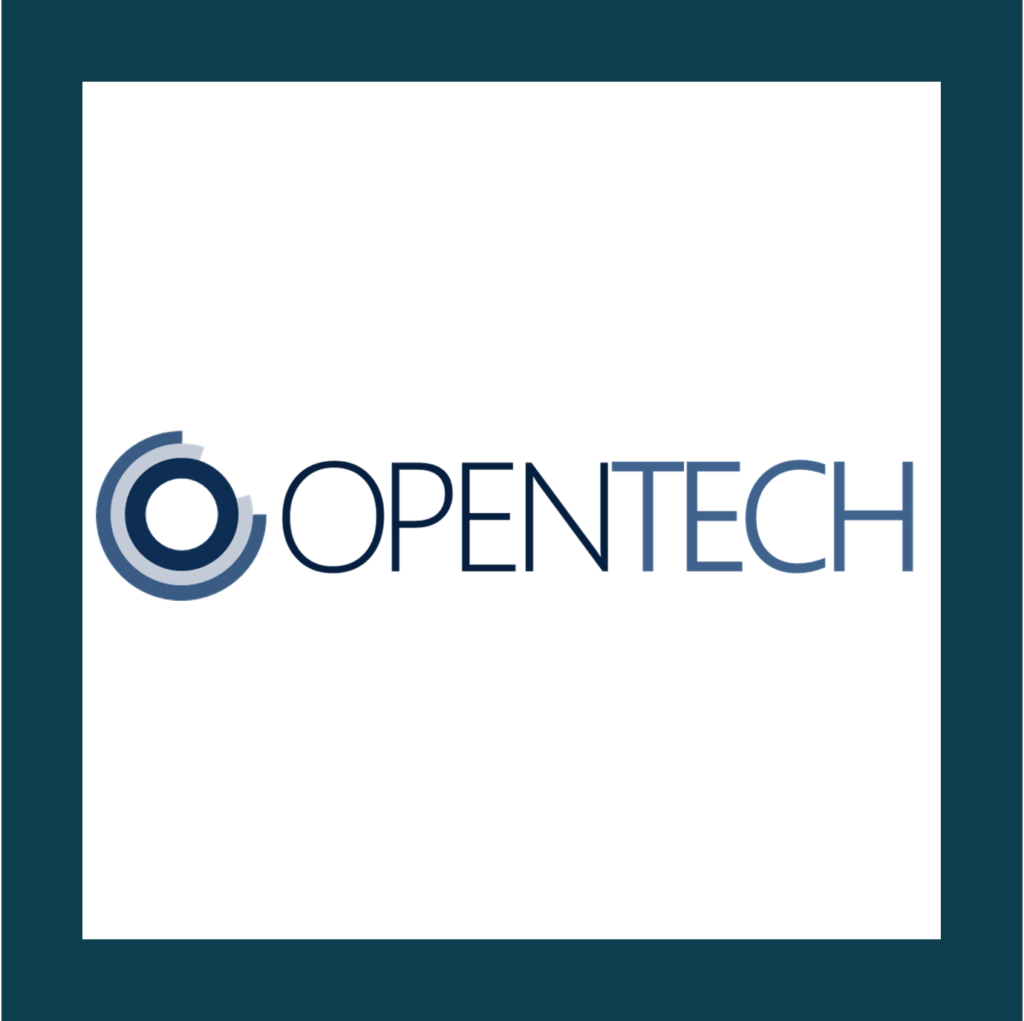Service Organisation Controls 2 or SOC2 is a regulatory framework focused on securing and managing data relevant to cloud and technology organisations.
Developed by the AICPA – the American Institute of CPA’s – it is specifically designed for service providers storing customer data in the cloud and is crucial for any organisation that handles sensitive personal or financial data.
In order to demonstrate compliance to SOC2 organisations must have an audit from an independent auditor and, once completed and approved, is an excellent demonstration of a businesses commitment to its security and privacy.
SOC2 has a set of criteria known as “Trust Service Criteria” focused on 5 key areas:
Security: The system is protected against unauthorized access (both physical and logical).
Availability: The system is available for operation and use as committed or agreed.
Processing Integrity: System processing is complete, valid, accurate, timely and authorized.
Confidentiality: Information designated as confidential is protected as committed or agreed.
Privacy: Personal information is collected, used, retained, disclosed and disposed of in conformity with the commitments in the entity’s privacy notice.
What challenges do organisations commonly encounter when seeking to adhere to SOC2 compliance?
Through our series of blogs on regulatory compliance it has become evident that organisations consistently encounter similar challenges when adhering to various frameworks, however achieving universal compliance with any regulatory framework presents significant operational obstacles for businesses.
Resource allocation seems to be a significant challenge yet again as, with any compliance, adhering to SOC2 takes considerable time, effort and very specific allocated resources that can develop and implement security policies, ensuring risk assessments are completed and generally managing ongoing compliance efforts. Couple that with interpreting and understanding the very specific requirements of SOC2 which is complex, particularly when deciphering the individual trust service criteria, and aligning them to current business processes and systems.
As a company-wide objective employees need to be trained as to the specific security policies that need to be adhered to, so being able to implement on-going training and education is time consuming. However, those security controls implemented often conflict with the efficiency and usability of IT Systems so this is particularly challenging when businesses are attempting to strike the balance. Not only that, even identifying the scope of the SOC2 assessment is crucial but that can somewhat muddied as organisations battle internally to ascertain what systems are within scope of SOC2 compliance.
As part of the ongoing compliance to SOC2, continuous monitoring plays a key part. SOC2 is not a one-off tick box exercise – it requires on going, continuous monitoring and updating security controls. Organisations have to ensure there is an ongoing risk assessment programme that it is monitored and is adaptive as required. Then, in order to substantiate compliance to SOC2, organisations must maintain extensive documentation of policies, processes and ongoing evidence of control effectiveness which is particularly challenging for those businesses that have dynamic IT environments.
As with several frameworks, SOC2 requires organisations to look beyond their own organisation and understand their vendors compliance too; SOC2 stipulates that your vendors must also comply with SOC2 in order for you to fully comply! However, this is almost an impossible task, to manage and verify the compliance of any third party.
Lastly, as with any regulatory compliance, cost is a key challenge and the costs to achieve SOC2 can range from tech updates, employee training and any associated audit fees which may be an added budgetary concern for many organisations.
What role does Continuous Controls Monitoring play in bolstering SOC2 compliance?
Continuous Controls Monitoring (CCM) is a proactive approach to maintaining and assessing the effectiveness of internal controls on an ongoing basis. When it comes to SOC2 compliance CCM can be a valuable strategy to enhance and streamline the compliance process. However, in order to ascertain how Continuous Controls Monitoring can support SOC2 compliance, you need to understand the trust service criteria and how CCM can support each pillar:
Security: SOC2 requires that an organisation’s system is protected against unauthorised access (both physical and logical). CCM provides real-time visibility into your controls, allowing you to detect and respond to security risks promptly for a more pro-active approach to your operational resilience.
Availability: With SOC2 the system has to be available for operation and use as committed or agreed. Our CCM platform connects to any data source and any control so you can be assured that you will be alerted of any deviations or violations of security policies.
Processing Integrity: SOC2 stipulates that system processing is complete, valid, accurate, timely and authorised. Automated checks within our CCM platform help ensure that security controls are consistently applied across the organisation’s IT environment, significantly reducing the manual effort. Accuracy is assured as the technology connects to your entire business infrastructure. Continuous monitoring helps identify security risks and vulnerabilities as soon as they arise, enabling organisations to take pro-active measures to mitigate these risks promptly. The on-going risk assessments contribute to a more dynamic and responsive security posture.
Confidentiality: Confidentiality is key for SOC2 compliance, ensuring that information is protected as committed or agreed. As Continuous Controls Monitoring is monitoring your entire business you will be assured that all controls are ensuring the confidentiality and protection of information. And If there is any threat to that our upstream ticketing can alert the appropriate teams to take immediate action.
Privacy: Personal information is collected, used, retained, disclosed and disposed of in conformity with the commitments in the entity’s privacy notice is the last core trust service criteria for SOC2. Our CCM platform can locate and monitor all assets within your organisation, meaning there is a live asset repository so you are assured that all your data collected is secured and not at risk. Continuous monitoring of all data sources further protects any personal information your business holds.
Other key benefits of CCM for SOC 2
Audit Trail Analysis: Our CCM solution maintains detailed audit logs, allowing organisations to analyse and review historical data. This can be crucial during a SOC2 audit, providing evidence of compliance over time. The ability to track changes to systems and data enhances transparency and accountability.
Evidence Collection: Our Continuous Controls Monitoring tool automatically collects and stores evidence of compliance, simplifying the process of gathering documentation required for SOC2 audits. The availability of comprehensive and up-to-date evidence can streamline the audit process and reduce the burden on the organisation during the audit.
Adaptive Security Measures: Adjust security controls dynamically based on changes in the IT environment with our CCM platform. This adaptability is important for maintaining compliance as the organisation evolves. Automated adjustments to security measures can help ensure that controls remain effective in the face of changing threats and technologies.
Streamlined Reporting: The customised reporting in our CCM platform allows organisations to generate customised reports on the status of security controls. These reports can be useful for internal management as well as for providing auditors with the necessary documentation during SOC2 assessments.
Continuous Improvement: Our CCM supports a continuous improvement mindset by providing insights into the performance of security controls. Organisations can use this information to refine their security strategies and enhance their overall security posture.
Proactivity in an organisations approach to SOC2 compliance is achieved by implementing Continuous Controls Monitoring, propelling operational resiliency and aligning itself perfectly to the on-going and dynamic nature of security requirements in today’s rapidly changing technological landscape.
To find out more about our Continuous Controls Monitoring Platform take a look here.

